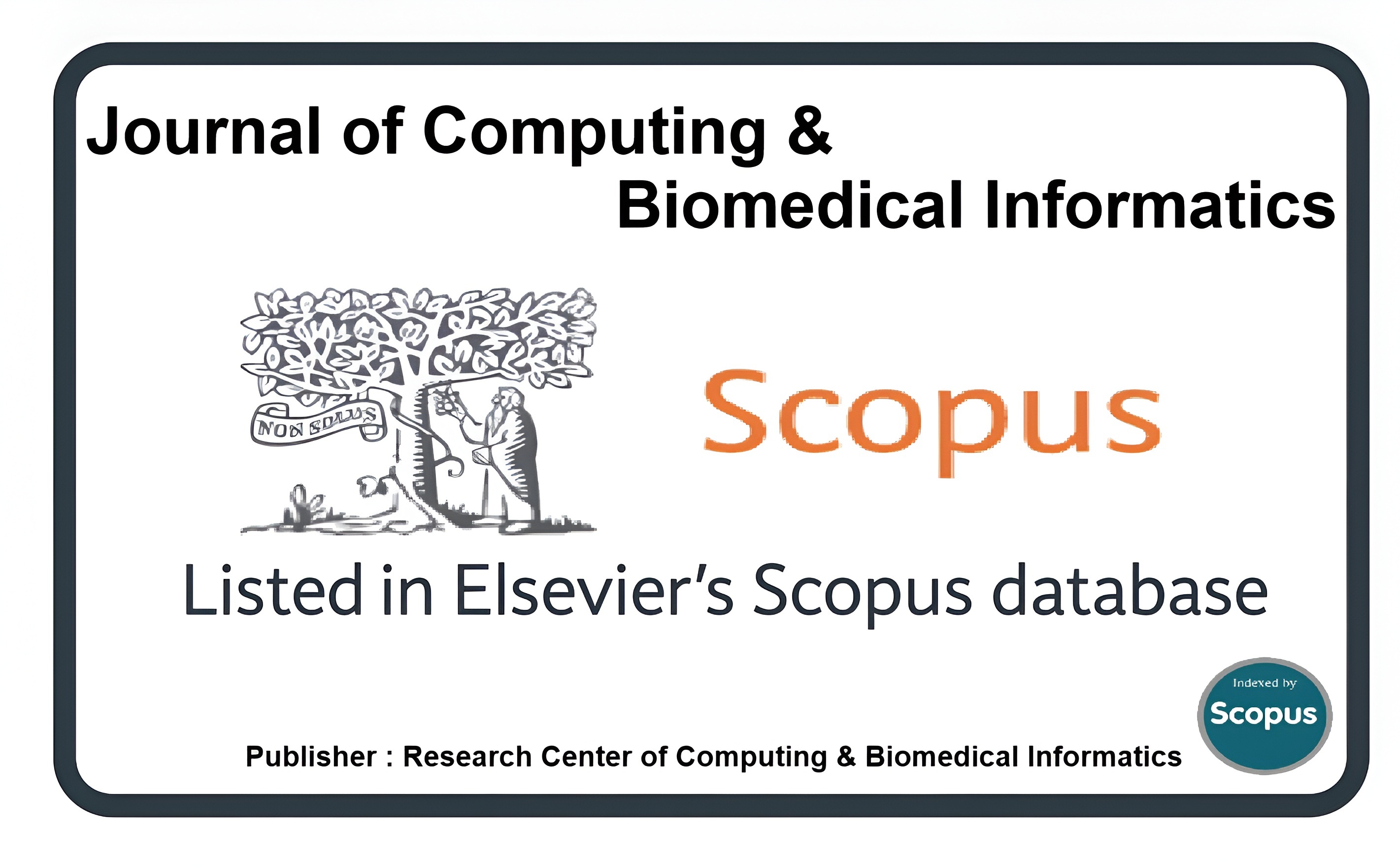Classification for Phoenix Dactylifera L. Varieties Using Statistical Features
Keywords:
Date Fruit Data, Feature Optimizing, Classification Process, Machine VisionAbstract
Food plays a crucial role in human life since it completes the human body's vital nutrients, vitamins, minerals, and antioxidants. Phoenix Dactylifera L is one of several food items that are grown in the farming sector. Phoenix dactylifera L., is also known as "date fruit" was a blooming species of plant in the palm family. The main objective of this experimental process is to identify a technique for classifying the categories of date fruits using Machine Vision (MV) methodology. There are different categories of date fruit, and every category has its own importance. In this study, we were collected six different varieties of date fruit namely: Fard, Gulistan, Hussaini, Mozawati, Shakar, and Chohara. These data sets were captured with a digital camera on a bright day without any necessary tools or a lab. A total of 43 statistical features were examined for each date fruit's image in the interest of region (IOR) using three different statistical features, namely: Binary, Histogram, and Texture. The 10-K fold cross-validation method was applied to several classifiers. The instance-based K-Nearest Neighbor (IB-KNN) classifier achieved the best overall accuracy result (OAR) of 97%.
Downloads
Published
How to Cite
Issue
Section
License
This is an open Access Article published by Research Center of Computing & Biomedical Informatics (RCBI), Lahore, Pakistan under CCBY 4.0 International License





